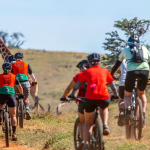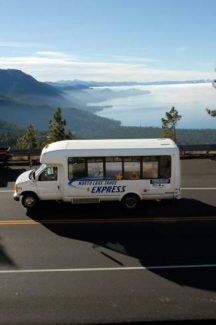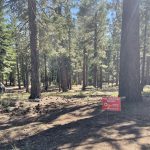Tahoe’s rope swing battle: Athlete arrested after 100-foot jump
For decades, a rope swing tucked along the cliffs of D.L. Bliss State Park drew thrill-seekers of all kinds to Lake Tahoe. This wasn’t just any rope tied to a tree — it dangled from a massive pine rooted in solid granite, launching jumpers more than 40 feet above the lake’s deep, crystal-blue water. Each leap offered seconds of weightless airtime before plunging into the depths below.
Over the years, videos of the swing circulating on YouTube and social media fueled its legend. But this summer, the swing’s run came to an abrupt end. A video showed an arborist sawing through the tree’s thick limbs while a California State Parks patrol boat watched below.
The removal hit Tahoe’s cliff-jumping community hard. Many cliff divers, BASE jumpers, and extreme athletes who dedicate their lives to aerial feats in Tahoe had come to see it as a cultural landmark.
For Nick Coulter, a professional cliff jumper and filmmaker from Roseville, the tree’s cutting was a punch in the gut.
“It set up a fire in me,” Coulter said.
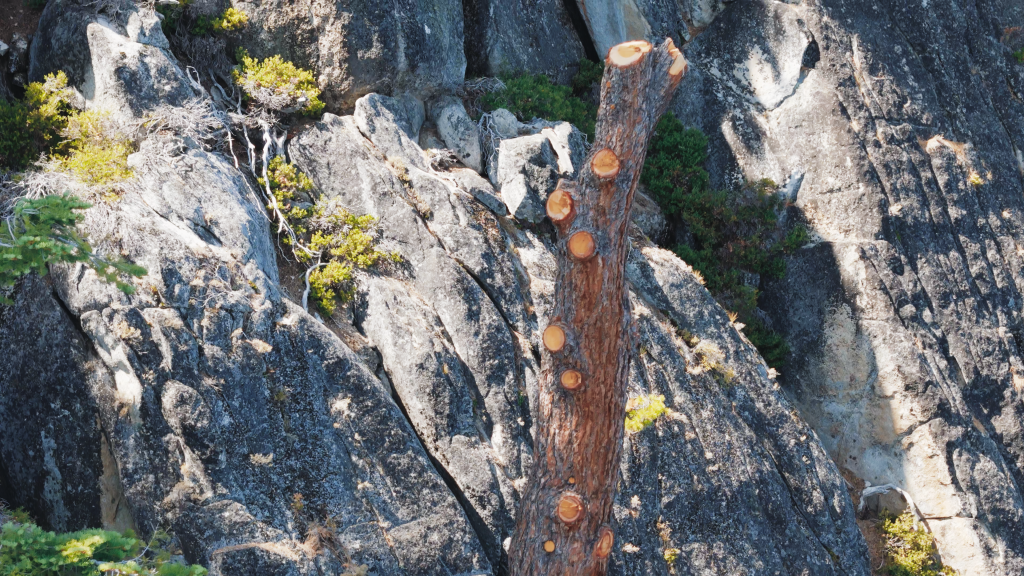
In response, he assembled a crew of fellow extreme athletes to build another swing, even more ambitious than the first. Using a design created more than a decade ago by extreme athlete Mike Wilson, they constructed a rig twice the size of the original, promising jumpers 100 feet of airtime — a blank stage for flips, spins, and dives before crashing into Tahoe’s depths.
On Sept. 6, Coulter’s crew gathered at Bliss to fine-tune the swing, testing it with weighted backpacks. But before anyone could jump, California State Parks officers and El Dorado County sheriff’s deputies arrived by boat and on foot, ordering the swing removed and warning that anyone who jumped would be arrested.
One athlete refused to back down. Chase Reinford, a professional BASE jumper, climbed onto the platform.
“If you do decide to jump, you’re going to jail,” an officer said.
Reinford swung wide over the lake, tucked into a double backflip, then stretched into a swan dive that landed just feet from the patrol boat.
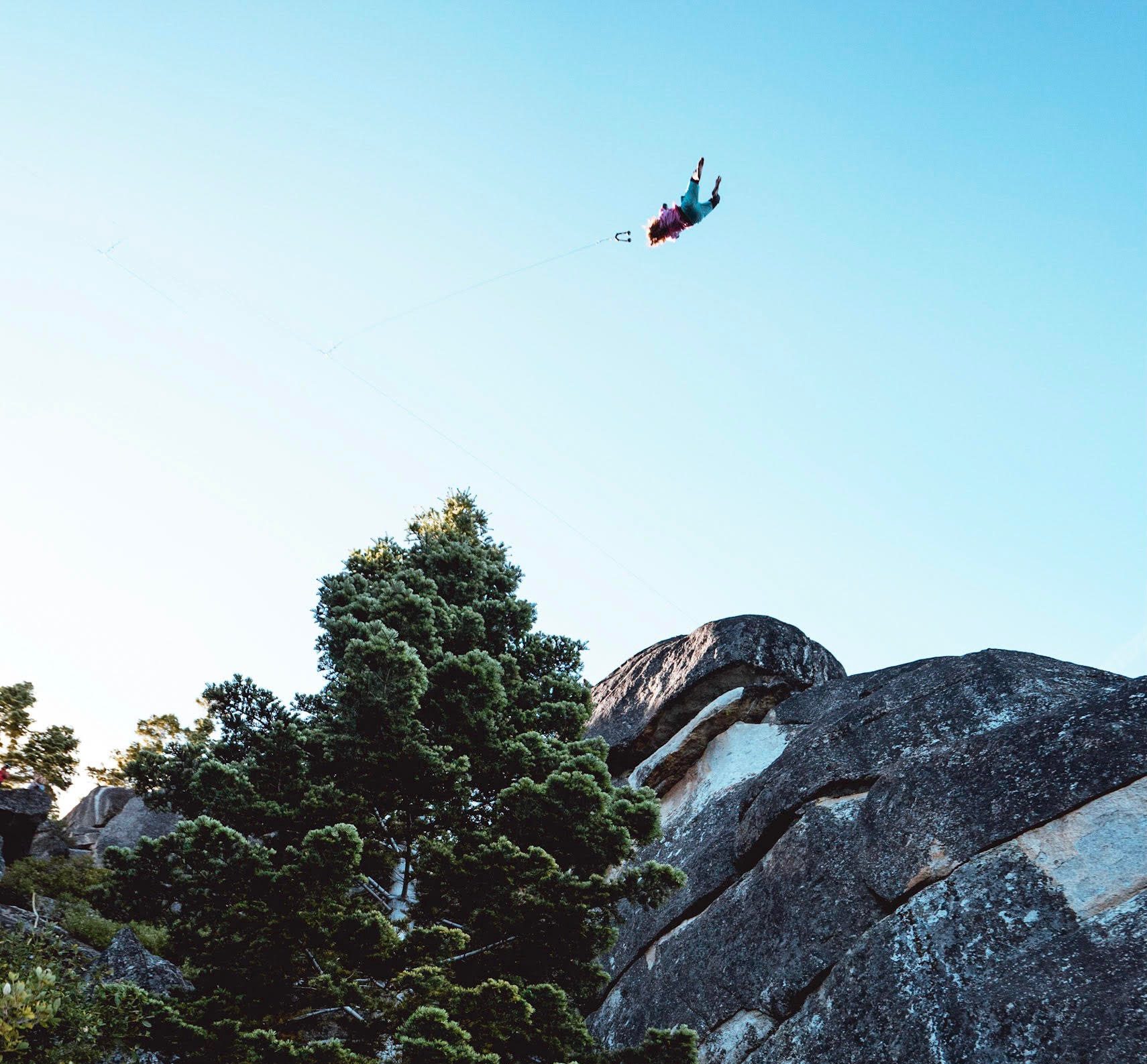
When he surfaced, officers ordered him to shore. Reinford was handcuffed on the rocks and later booked into El Dorado County Jail on charges including obstructing justice, geological destruction, hosting an event without a permit, and participating in dangerous games.
According to Reinford, his decision to jump was not a simple impulse, it had a larger meaning.
“I didn’t think they had the right to tell me I couldn’t jump,” Reinford said. “I think it steps on our rights to recreate on state and public land. I’m not harming anybody, damaging nature in any way, and the only person at risk is myself.”
According to Reinford and Coulter, the team took careful steps to ensure the tree was not damaged or altered, using pre-existing bolts to rig the swing and carpet to protect the tree.
“It was set up professionally, with triple-redundancy cables to make it strong on each side, and then to be removed the same day,” Coulter said.
Rope swings are not without risk. Videos have circulated online showing people sustaining minor injuries on the rope swing at D.L. Bliss State Park. In 2022, a 23-year-old woman died in an incident involving a swing on Folsom Lake in Placer County.
“An average person shouldn’t be hitting a 100-foot rope swing in the water,” Reinford said. “This was a swing set up by professionals for professionals.”
Lake Tahoe has long been a hub for extreme sports, attracting elite and endurance athletes — from skiers and snowboarders to mountain bikers, ultra-runners and BASE jumpers. Some extreme athletes, including Reinford and Coulter, argue they should be allowed to take risks that fall within their skill level.
The Sierra Sun contacted California State Parks to ask why the tree was cut down, whether any prior injury reports had been filed and the reasoning behind Coulter’s arrest. The department declined to comment, citing an ongoing investigation.
“Swinging, diving or plunging into the water from any height is against park regulations and can be a citable offense,” a California State Parks spokesperson said. “These actions endanger the safety of persons who enter the water; dangers include fluctuating water levels, submerged objects, uneven bottoms and floating debris.”
The El Dorado County Sheriff’s Office referred questions to California State Parks, noting jurisdiction lies with the agency.
“I feel like the government overstepped,” Reinford said. “If I don’t fight it, the laws are going to continuously get tighter and slowly suffocate us of our basic freedoms to recreate on public lands.”
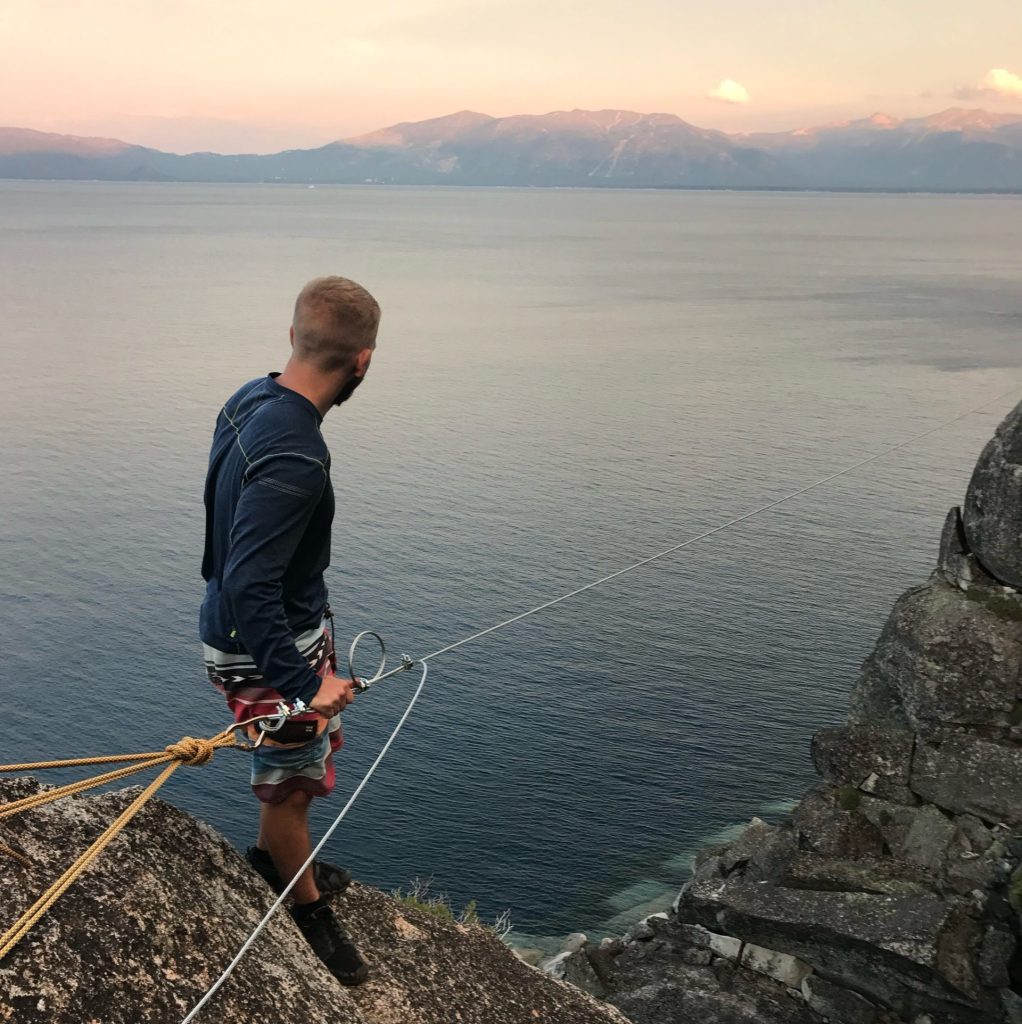
Support Local Journalism


Support Local Journalism
Readers around Lake Tahoe, Truckee, and beyond make the Sierra Sun's work possible. Your financial contribution supports our efforts to deliver quality, locally relevant journalism.
Now more than ever, your support is critical to help us keep our community informed about the evolving coronavirus pandemic and the impact it is having locally. Every contribution, however large or small, will make a difference.
Your donation will help us continue to cover COVID-19 and our other vital local news.



